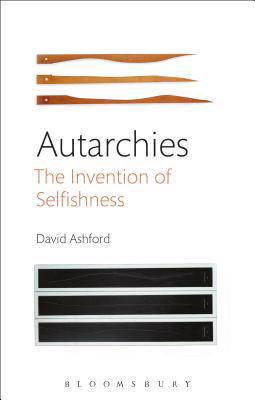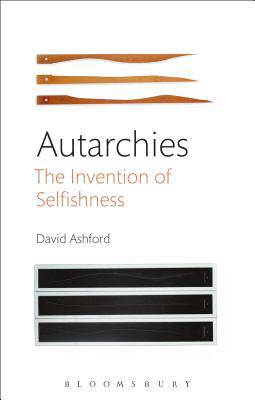
- Afhalen na 1 uur in een winkel met voorraad
- Gratis thuislevering in België vanaf € 30
- Ruim aanbod met 7 miljoen producten
- Afhalen na 1 uur in een winkel met voorraad
- Gratis thuislevering in België vanaf € 30
- Ruim aanbod met 7 miljoen producten
Zoeken
Omschrijving
The philosophy of Ayn Rand has had a role equal or greater than that of Milton Friedman or F.A. Hayek in shaping the contemporary neo-liberal consensus. Its impact was powerful on architects of Reaganomics such as Alan Greenspan, former Director of the World Bank, and the new breed of American industrialists who developed revolutionary information technologies in Silicon Valley.
But what do we really know of Rand's philosophy? Is her gospel of selfishness really nothing more than a reiteration of a quintessentially American "rugged individualism+ This book argues that Rand's philosophy can in fact be traced back to a moment, before World War I, when the work of a now-forgotten German philosopher called Max Stirner possessed an extraordinary appeal for writers and artists across Europe. The influence of Stirnerian Egoism upon that phase of intense creative innovation we now call Modernism was seminal.
The implications for our understanding of Modernism are profound - so too for our grasp of the "cultural logic of late capitalism+?. This book presents the reader with a fresh perspective on the Modernist classics, as well as introducing less familiar art and writing that is only now beginning to attract interest in the West. It arrives at a fresh and compelling re-evaluation of Modernism: revealing its selfish streak.
But what do we really know of Rand's philosophy? Is her gospel of selfishness really nothing more than a reiteration of a quintessentially American "rugged individualism+ This book argues that Rand's philosophy can in fact be traced back to a moment, before World War I, when the work of a now-forgotten German philosopher called Max Stirner possessed an extraordinary appeal for writers and artists across Europe. The influence of Stirnerian Egoism upon that phase of intense creative innovation we now call Modernism was seminal.
The implications for our understanding of Modernism are profound - so too for our grasp of the "cultural logic of late capitalism+?. This book presents the reader with a fresh perspective on the Modernist classics, as well as introducing less familiar art and writing that is only now beginning to attract interest in the West. It arrives at a fresh and compelling re-evaluation of Modernism: revealing its selfish streak.
Specificaties
Betrokkenen
- Auteur(s):
- Uitgeverij:
Inhoud
- Aantal bladzijden:
- 208
- Taal:
- Engels
Eigenschappen
- Productcode (EAN):
- 9781474297691
- Verschijningsdatum:
- 26/01/2017
- Uitvoering:
- Hardcover
- Formaat:
- Genaaid
- Afmetingen:
- 140 mm x 218 mm
- Gewicht:
- 385 g

Alleen bij Standaard Boekhandel
+ 407 punten op je klantenkaart van Standaard Boekhandel
Beoordelingen
We publiceren alleen reviews die voldoen aan de voorwaarden voor reviews. Bekijk onze voorwaarden voor reviews.








